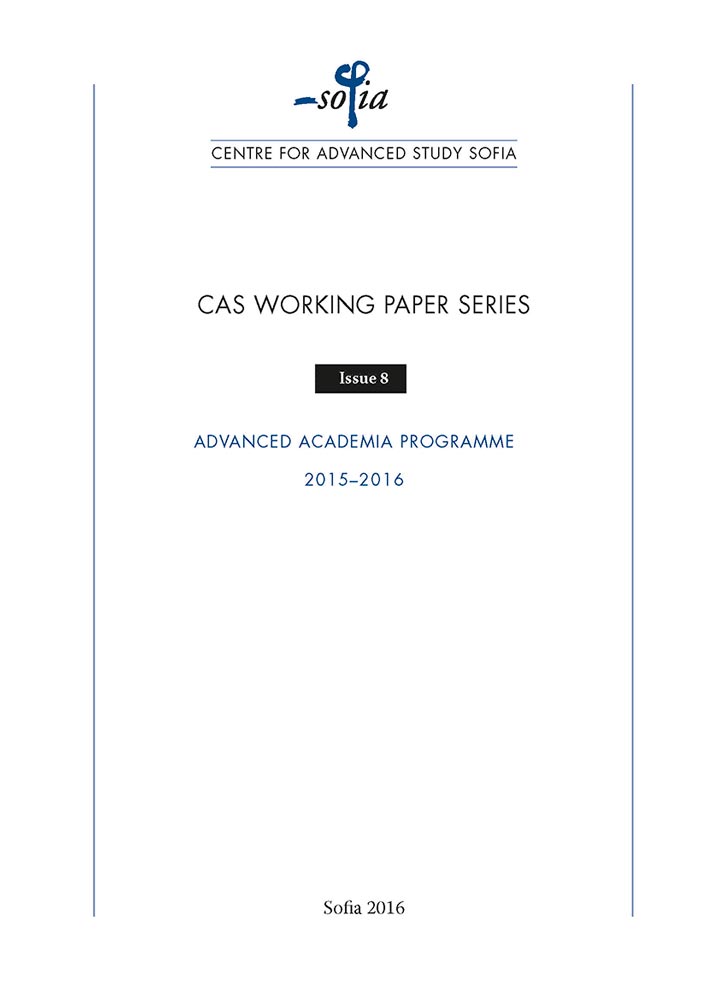The Towns of Drohobycz and Roman in the Work of Bruno Schulz (1892–1942) and Max Blecher (1909–1938)
The Towns of Drohobycz and Roman in the Work of Bruno Schulz (1892–1942) and Max Blecher (1909–1938)
A Study in Local History, Personal Geograph and Jewish Identity at the Peak of Modernity
Author(s): Raluca Elena GolesteanuSubject(s): Local History / Microhistory
Published by: Centre for Advanced Study Sofia (CAS)
Keywords: Central and Eastern Europe; urban morphology; modernist literature; Jewish identity; sub-culture
Summary/Abstract: The present paper focuses on the case of two small cities located in Central and Eastern Europe, in the vicinity of regional capitals or places of political symbolism, like Lwów for The Kingdom of Galicia and Suceava for The Duchy of Bukovina, that were later incorporated in the newly-establishedPolish and Romanian states. Apart from tackling their peculiar ethnic, social, and cultural status, as well as their entanglement with modernization, I will consider how these cities, Drohobycz and Roman, are depicted through the eyes of two of their faithful citizens, the uncommonly gifted short story writer and drawer Bruno Schulz, and the precocious poet and writer Max Blecher.
Journal: CAS Sofia Working Paper Series
- Issue Year: 2016
- Issue No: 8
- Page Range: 1-74
- Page Count: 74
- Language: English

